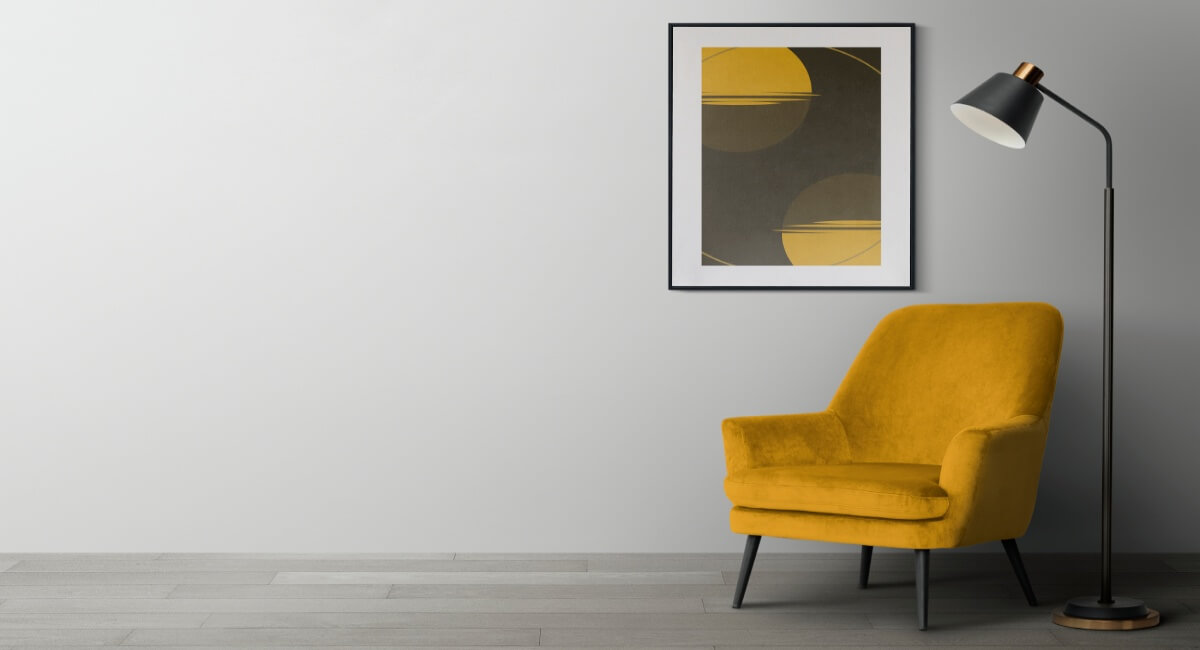Minimalist interior design has become increasingly popular in recent years, with many people choosing to simplify their living spaces in favor of a more streamlined and functional aesthetic. The concept of “less is more” is at the core of this design philosophy, which emphasizes the importance of simplicity, clean lines, and a lack of clutter. In this article, we will explore the key elements of minimalist interior design, as well as provide tips for achieving a minimalist look in your own home.
Key Elements of Minimalist Interior Design
One of the defining characteristics of minimalist interior design is a simple color palette. Neutral colors such as white, gray, and beige are often used, with accents of black or other bold colors to add interest. Minimalist furniture is also a key element of this design style, with clean lines and a lack of ornamentation. Functional, multi-purpose spaces are also a hallmark of minimalist design, with an emphasis on making the most of every square inch of living space.
Another important element of minimalist interior design is the use of natural light. Large windows and skylights are often used to maximize natural light, which not only adds visual interest but also has the added benefit of reducing energy costs. Lack of clutter is also a key characteristic of minimalist design, with a focus on only keeping items that are necessary and functional.
Implementing Minimalist Design in Different Rooms
Minimalist design can be implemented in any room of the home, from the living room to the bedroom, kitchen, and bathroom. In the living room, minimalist furniture such as a streamlined sofa or armchair paired with a simple coffee table can create a clean and uncluttered look. In the bedroom, a minimalist bed frame and bedside table paired with simple bedding can create a serene and restful atmosphere. In the kitchen, open shelving and a lack of excess appliances or decorative items can create a minimalist look that is both functional and stylish. In the bathroom, minimalistic fixtures such as a simple sink and toilet can create a streamlined look that is both calming and elegant.
Tips for Achieving a Minimalist Look
To achieve a minimalist look in your own home, it is important to purge unnecessary items and create storage solutions for the items that remain. Focus on quality over quantity when it comes to furniture and decor, and incorporate natural elements such as wood or stone to add visual interest. Keeping your space clean and organized is also key to maintaining a minimalist look.
Common Misconceptions About Minimalist Design
One common misconception about minimalist design is that it is boring or sterile. However, when done correctly, minimalist design can be both calming and visually interesting. Another misconception is that it requires expensive furniture or materials, but this is not necessarily true. Minimalist design can be achieved on any budget, as long as the focus is on quality and functionality rather than quantity or extravagance. Additionally, minimalist design is not limited to small spaces and can be implemented in any size home or apartment.
In conclusion, minimalist interior design is a popular and effective way to create a streamlined and functional living space. With a focus on simplicity, clean lines, and a lack of clutter, this design style can be implemented in any room of the home to create a serene and stylish atmosphere. By following these tips and embracing the philosophy of “less is more,” you can achieve a minimalist look in your own home that is both practical and visually appealing.
